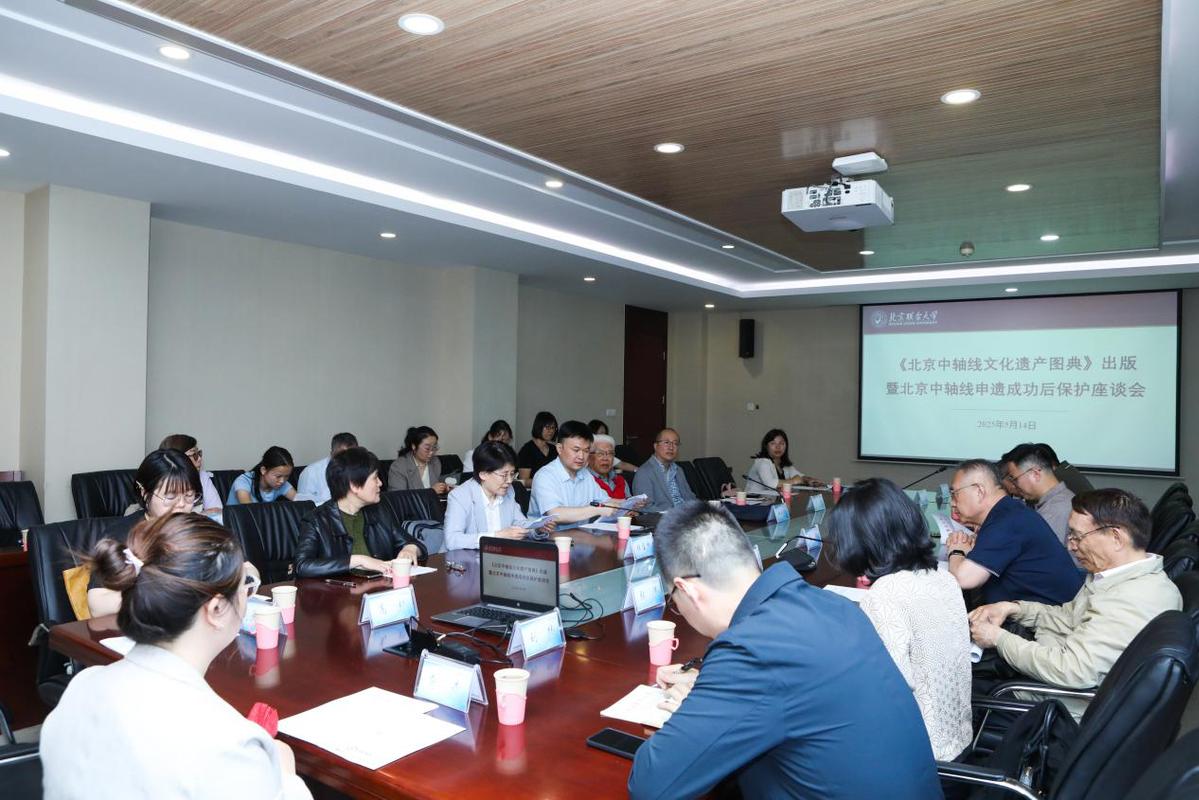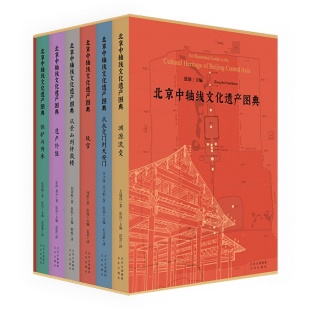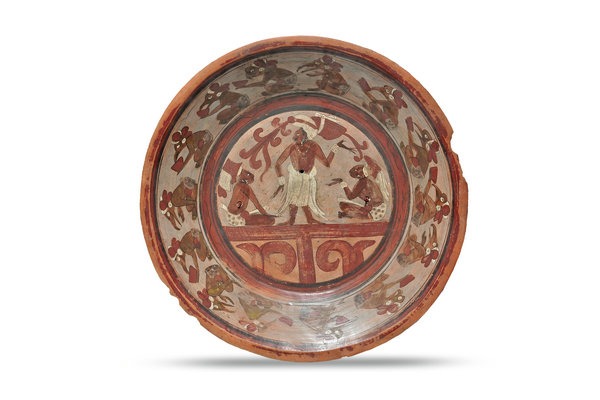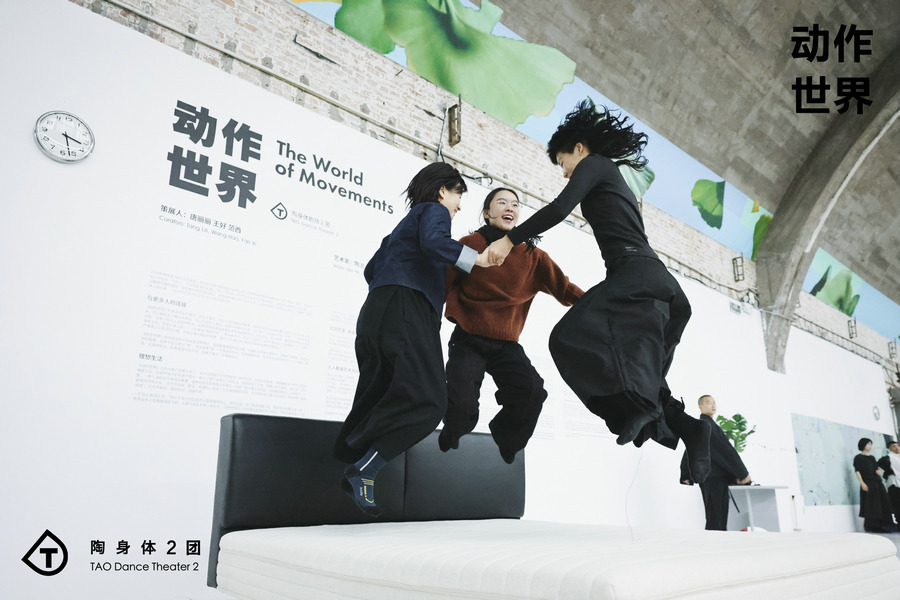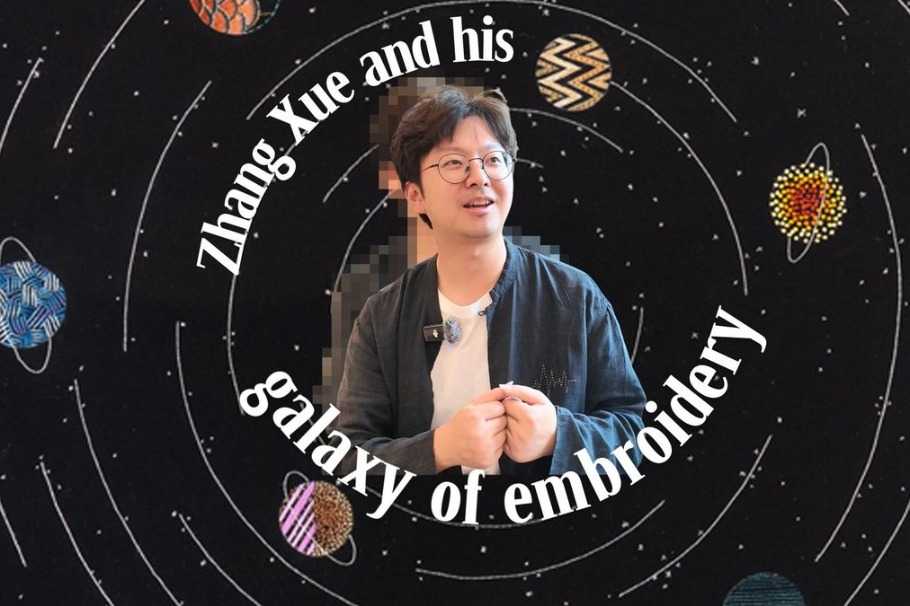Symposium advances cultural heritage strategies for UNESCO-listed central axis

On May 14, 2025, the Symposium on the Publication of An Illustrated Guide to the Cultural Heritage of Beijing Central Axis and on the Protection of the Beijing Central Axis after its inscription on the UNESCO World Heritage List was held at Beijing Union University. Experts and scholars from various fields, including architectural heritage protection, historical and cultural studies as well as urban planning and representatives from publishers, gathered to discuss the publishing value of the book and strategies for protecting the Cultural Heritage of the Beijing Central Axis.
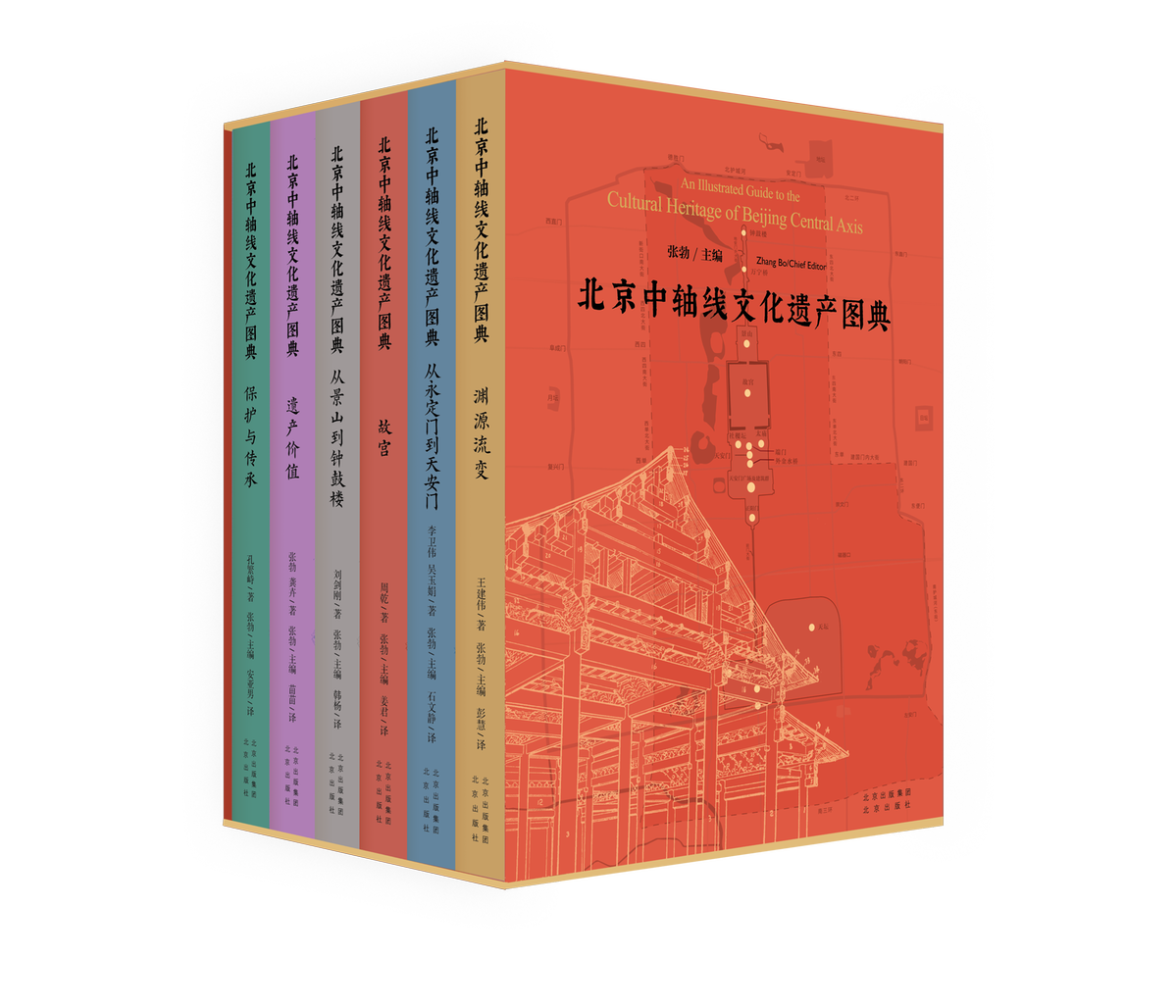
The book series, consisting of six books, features brief and precise language, pictures that blend artistic appeal with intellectual depth, harmonious graphic design and Chinese-English parallel texts. It presents a full picture of the origin and evolution, geographical layout, cultural connotations, value and conservation efforts of the Beijing Central Axis. While introducing the great charm of the Beijing Central Axis to readers from both home and abroad, it also shows considerable efforts made to protect this cultural heritage.
Zhang Mengmeng, vice president of Beijing Union University, stressed that this book series is a product of multilateral collaboration. He also mentioned that scientific research focused on the protection of the Beijing Central Axis and its cultural transmission will be promoted, together with relevant works such as personnel training, social services, cultural inheritance and innovation, and international exchanges.
Gao Lizhi, deputy chief editor of Beijing Publishing Group, also said that this series achieves a balance between academic rigor and public appeal. As the first major book series about the Beijing Central Axis after its inscription on the UNESCO World Heritage List, it embodies Beijing Publishing House’s commitment to supporting Beijing’s development as a national cultural center.
Zhang Miaodi, former president of Beijing Union University and former director of Beijing Union University’s Institute of Beijing Studies, said that this book series has highlights in systematic presentation, rigorous exposition and unique perspectives. Particularly, all authors involved have fully understood and adhered to the idea that Beijing Central Axis, as an indivisible whole, is the basis and backbone of Beijing’s urban planning and layout, which sets the benchmark of the city.
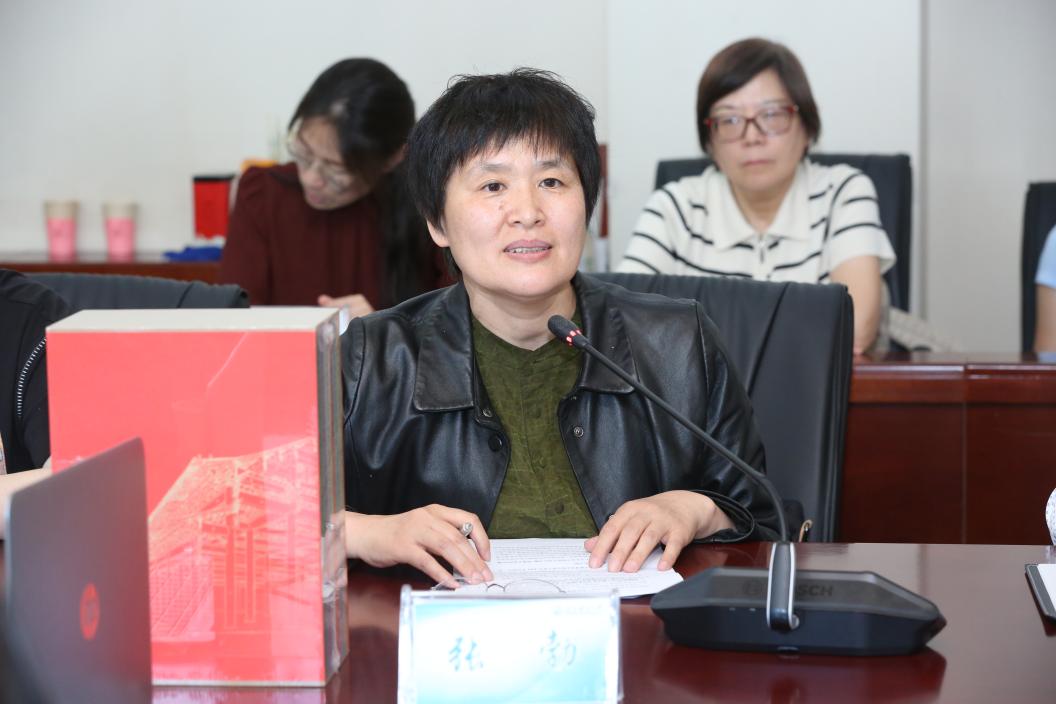
Lyu Zhou, professor of the School of Architecture, Tsinghua University, suggested that helping more people truly understand the cultural value of the Beijing Central Axis calls for engagement from society and the public. Promoting the public’s understanding and love of cultural heritage encourages them to engage in cultural heritage protection, which contributes to the sustainable development of Beijing.
Zhang Tao, director of the Department of Achievement Transformation of the Beijing Federation of Social Science Circles, pointed out that this series serves as a carrier for telling the stories of the Beijing Central Axis. Chen Shanliang, director of the Documentation Planning Department of the Beijing Central Axis’ Office for Cultural Heritage Application and Protection, also emphasized that the inscription on the UNESCO World Heritage List of the Beijing Central Axis provides “experience unique to Beijing” for cultural heritage protection. Additionally, the global promotion of the series will facilitate exchanges and cooperation between China and other countries in cultural heritage protection.
